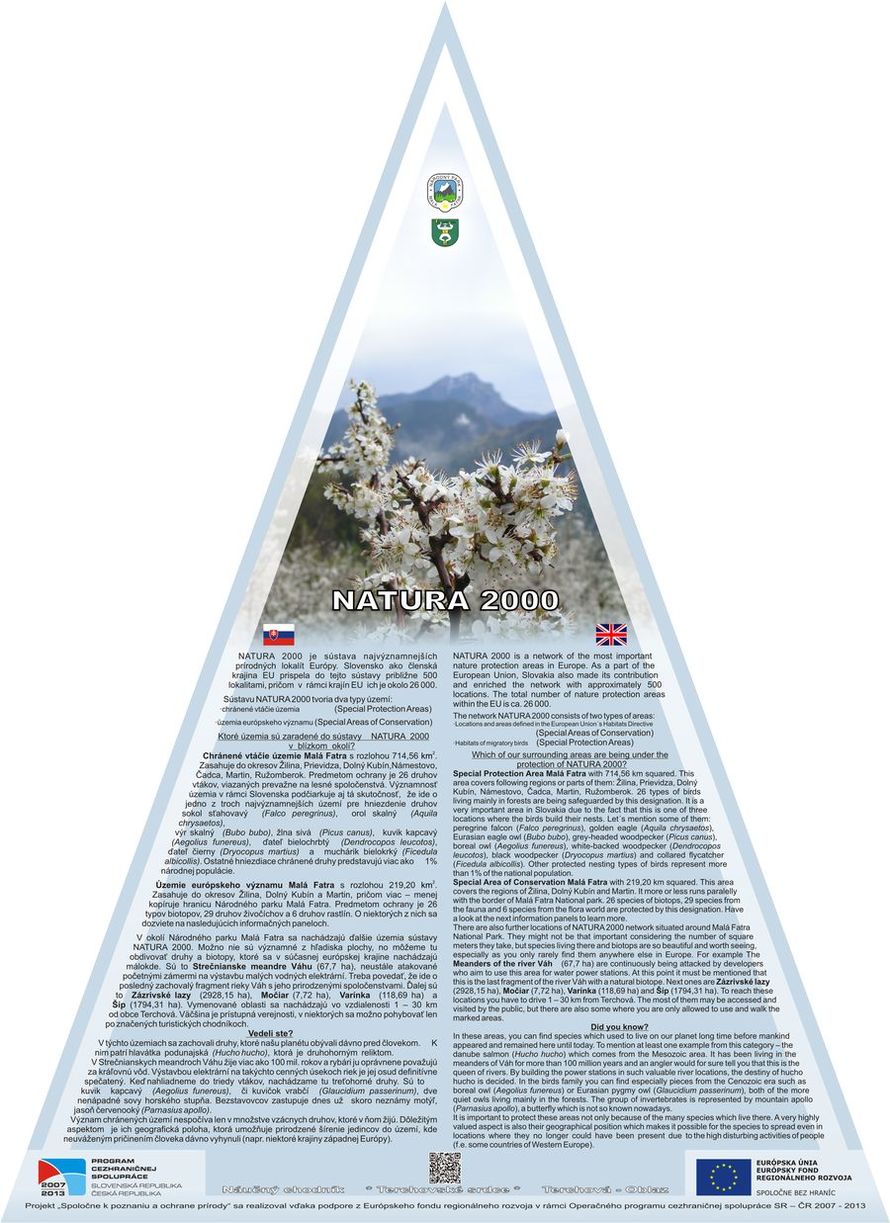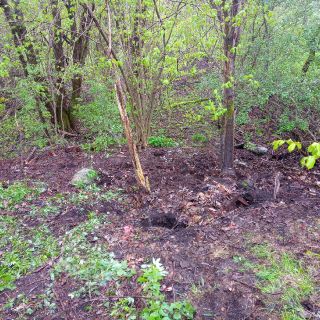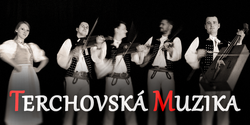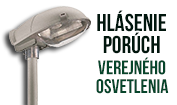Tabuľa 2 – NATURA 2000
NATURA 2000 je sústava najvýznamnejších prírodných lokalít Európy. Slovensko ako členská krajina EU prispela do tejto sústavy približne 500 lokalitami, pričom v rámci krajín EU ich je okolo 26 000.
Sústavu NATURA 2000 tvoria dva typy území:
- územia európskeho významu (Special Areas of Conservation)
- chránené vtáčie územia (Special Protection Areas)
Ktoré územia sú zaradené do sústavy NATURA 2000 v blízkom okolí?
Chránené vtáčie územie Malá Fatra s rozlohou 714,56 km2. Zasahuje do okresov Žilina, Prievidza, Dolný Kubín, Námestovo, Čadca, Martin, Ružomberok. Predmetom ochrany je 26 druhov vtákov, viazaných prevažne na lesné spoločenstvá. Významnosť územia v rámci Slovenska podčiarkuje aj tá skutočnosť, že ide o jedno z troch najvýznamnejších území pre hniezdenie druhov sokol sťahovavý (Falco peregrinus), orol skalný (Aquila chrysaetos), výr skalný (Bubo bubo), žlna sivá (Picus canus), kuvik kapcavý (Aegolius funereus), ďateľ bielochrbtý (Dendrocopos leucotos), ďateľ čierny (Dryocopus martius) a muchárik bielokrký (Ficedula albicollis). Ostatné hniezdiace chránené druhy predstavujú viac ako 1% národnej populácie.
Územie európskeho významu Malá Fatra s rozlohou 219,20 km2. Zasahuje do okresov Žilina, Dolný Kubín a Martin, pričom viac – menej kopíruje hranicu Národného parku Malá Fatra. Predmetom ochrany je 26 typov biotopov1, 29 druhov živočíchov a 6 druhov rastlín. O niektorých z nich sa dozviete na nasledujúcich informačných paneloch.
V okolí Národného parku Malá Fatra sa nachádzajú ďalšie územia sústavy NATURA 2000. Možno nie sú významné z hľadiska plochy, no môžeme tu obdivovať druhy a biotopy, ktoré sa v súčasnej európskej krajine nachádzajú málokde. Sú to Strečnianske meandre Váhu (67,7 ha), neustále atakované početnými zámermi na výstavbu malých vodných elektrární. Treba povedať, že ide o posledný zachovalý fragment rieky Váh s jeho prirodzenými spoločenstvami. Ďalej sú to Zázrivské lazy (2928,15 ha), Močiar (7,72 ha), Varínka (118,69 ha) a Šíp  (1794,31 ha). Vymenované oblasti sa nachádzajú vo vzdialenosti 1 – 30 km od obce Terchová. Väčšina je prístupná verejnosti, v niektorých sa možno pohybovať len po značených turistických chodníkoch.
(1794,31 ha). Vymenované oblasti sa nachádzajú vo vzdialenosti 1 – 30 km od obce Terchová. Väčšina je prístupná verejnosti, v niektorých sa možno pohybovať len po značených turistických chodníkoch.
Vedeli ste?
V týchto územiach sa zachovali druhy, ktoré našu planétu obývali dávno pred človekom. K nim patrí hlavátka podunajská (Hucho hucho), ktorá je druhohorným reliktom. V Strečnianskych meandroch Váhu žije viac ako 100 mil. rokov a rybári ju oprávnene považujú za kráľovnú vôd. Výstavbou elektrární na takýchto cenných úsekoch riek je jej osud definitívne spečatený. Keď nahliadneme do triedy vtákov, nachádzame tu treťohorné druhy. Sú to kuvik kapcavý (Aegolius funereus), či kuvičok vrabčí (Glaucidium passerinum), dve nenápadné sovy horského stupňa. Bezstavovcov zastupuje dnes už skoro neznámy motýľ, jasoň červenooký (Parnasius apollo).
Význam chránených území nespočíva len v množstve vzácnych druhov, ktoré v ňom žijú. Dôležitým aspektom je ich geografická poloha, ktorá umožňuje prirodzené šírenie jedincov do území, kde neuváženým pričinením človeka dávno vyhynuli (napr. niektoré krajiny západnej Európy).
---------------
1Prírodný životný priestor charakterizovaný vonkajšími podmienkami a súborom v ňom žijúcich organizmov(rastlín a živočíchov)
Panel 2 – NATURA 2000
NATURA 2000 is a network of the most important nature protection areas in Europe. As a part of the European Union, Slovakia also made its contribution and enriched the network with approximately 500 locations. The total number of nature protection areas within the EU is ca. 26 000.
The network NATURA 2000 consists of two types of areas:
- Locations and areas defined in the European Union´s Habitats Directive (Special Areas of Conservation)
- Habitats of migratory birds (Special Protection Areas)
Which of our surrounding areas are being under the protection of NATURA 2000?
 Special Protection Area Malá Fatra with 714,56 km squared. This area covers following regions or parts of them: Žilina, Prievidza, Dolný Kubín, Námestovo, Čadca, Martin, Ružomberok. 26 types of birds living mainly in forests are being safeguarded by this designation. It is a very important area in Slovakia due to the fact that this is one of three locations where the birds build their nests. Let´s mention some of them: peregrine falcon (Falco peregrinus), golden eagle (Aquila chrysaetos), Eurasian eagle owl (Bubo bubo), grey-headed woodpecker (Picus canus), boreal owl (Aegolius funereus), white-backed woodpecker (Dendrocopos leucotos), black woodpecker (Dryocopus martius) and collared flycatcher (Ficedula albicollis). Other protected nesting types of birds represent more than 1% of the national population.
Special Protection Area Malá Fatra with 714,56 km squared. This area covers following regions or parts of them: Žilina, Prievidza, Dolný Kubín, Námestovo, Čadca, Martin, Ružomberok. 26 types of birds living mainly in forests are being safeguarded by this designation. It is a very important area in Slovakia due to the fact that this is one of three locations where the birds build their nests. Let´s mention some of them: peregrine falcon (Falco peregrinus), golden eagle (Aquila chrysaetos), Eurasian eagle owl (Bubo bubo), grey-headed woodpecker (Picus canus), boreal owl (Aegolius funereus), white-backed woodpecker (Dendrocopos leucotos), black woodpecker (Dryocopus martius) and collared flycatcher (Ficedula albicollis). Other protected nesting types of birds represent more than 1% of the national population.
Special Area of Conservation Malá Fatra with 219,20 km squared. This area covers the regions of Žilina, Dolný Kubín and Martin. It more or less runs paralelly with the border of Malá Fatra National park. 26 species of biotops, 29 species from the fauna and 6 species from the flora world are protected by this designation. Have a look at the next information panels to learn more.
There are also further locations of NATURA 2000 network situated around Malá Fatra National Park. They might not be that important considering the number of square meters they take, but species living there and biotops are so beautiful and worth seeing, especially as you only rarely find them anywhere else in Europe. For example The Meanders of the river Váh (67,7 ha) are continuously being attacked by developers who aim to use this area for water power stations. At this point it must be mentioned that this is the last fragment of the river Váh with a natural biotope. Next ones are Zázrivské lazy (2928,15 ha), Močiar (7,72 ha), Varínka (118,69 ha) and Šíp (1794,31 ha). To reach these locations you have to drive 1 – 30 km from Terchová. The most of them may be accessed and visited by the public, but there are also some where you are only allowed to use and walk the marked areas.
Did you know?
In these areas, you can find species which used to live on our planet long time before mankind appeared and remained here until today. To mention at least one example from this category – the danube salmon (Hucho hucho) which comes from the Mesozoic area. It has been living in the meanders of Váh for more than 100 million years and an angler would for sure tell you that this is the queen of rivers. By building the power stations in such valuable river locations, the destiny of hucho hucho is decided. In the birds family you can find especially pieces from the Cenozoic era such as boreal owl (Aegolius funereus) or Eurasian pygmy owl (Glaucidium passerinum), both of the more quiet owls living mainly in the forests. The group of invertebrates is represented by mountain apollo (Parnasius apollo), a butterfly which is not so known nowadays.
It is important to protect these areas not only because of the many species which live there. A very highly valued aspect is also their geographical position which makes it possible for the species to spread even in locations where they no longer could have been present due to the high disturbing activities of people (f.e. some countries of Western Europe).

